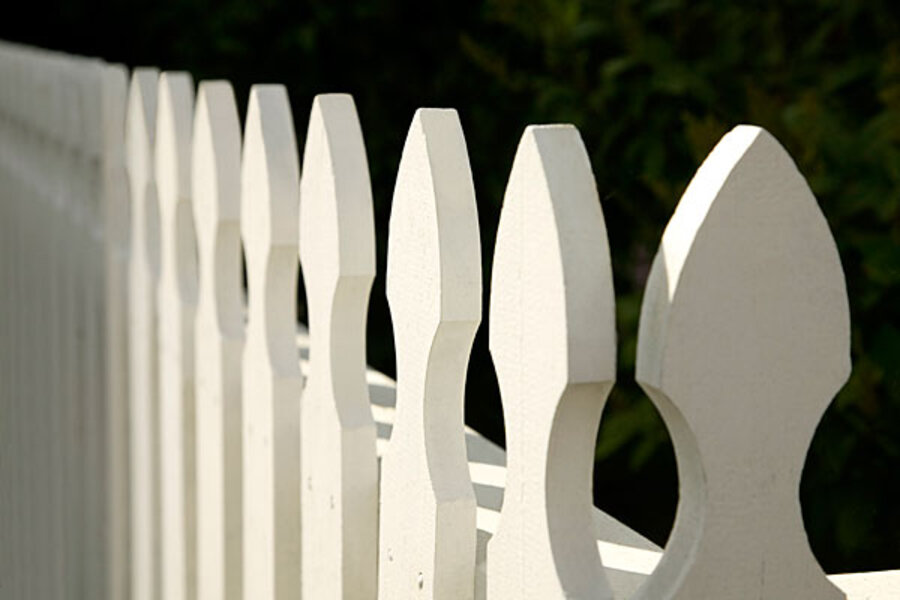a) A barrel.
b) Jeans, sneakers, and a T-shirt.
c) Thai fisherman pants, rope sandals, and a very itchy shirt that was hand-sewn in a refugee camp in Morocco.
d) Top-hat, monocle, spats.
It's undeniable the middle class is growing in China, Brazil and India. But in the US, the term "middle class," is notoriously vague. Almost everyone, it seems, identifies themselves as middle class, regardless of wealth, income, profession, or education. That's why most politicians will describe policies they oppose as "punishing the middle class" and policies that they support as "helping the middle class."
One popular definition, provided by The Drum Major Institute for Public Policy, identifies American families as middle class if they have incomes between $25,000 and $100,000 each year. That's a wide spread, but a perhaps a useful one: If you see someone who makes $75,000 a year more than you as belonging to your class, you're much less likely to revolt against them.
But is it true? Grab a pencil and piece of paper – or a Mont Blanc pen and some embossed gold floral deckle edge stationery – and take our quiz to find out where you stand in America's socioeconomic pecking order.

a) A barrel.
b) Jeans, sneakers, and a T-shirt.
c) Thai fisherman pants, rope sandals, and a very itchy shirt that was hand-sewn in a refugee camp in Morocco.
d) Top-hat, monocle, spats.
Your subscription to The Christian Science Monitor has expired. You can renew your subscription or continue to use the site without a subscription.
If you have questions about your account, please contact customer service or call us at 1-617-450-2300.
This message will appear once per week unless you renew or log out.
Your session to The Christian Science Monitor has expired. We logged you out.
If you have questions about your account, please contact customer service or call us at 1-617-450-2300.
You don’t have a Christian Science Monitor subscription yet.
If you have questions about your account, please contact customer service or call us at 1-617-450-2300.